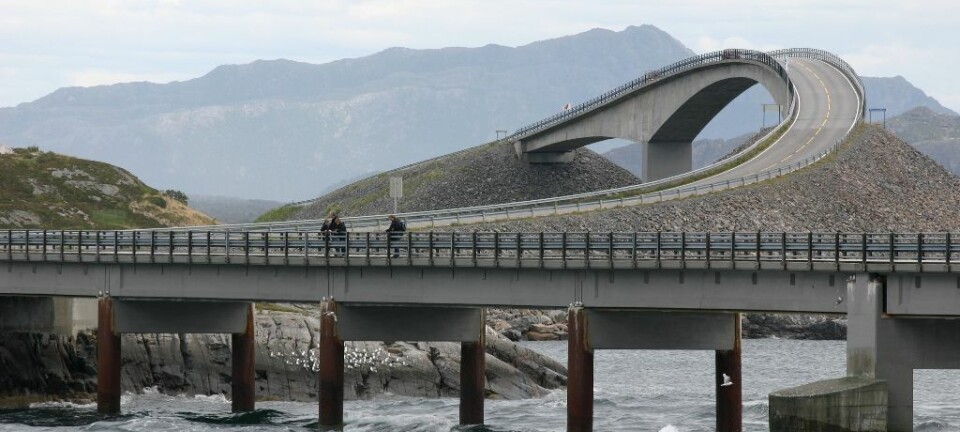
Scientists rewrite the history of an ancient region
Origins of ancient Chinese landscape revealed by new study. Could hold important information on climate change.
Have you heard of the Chinese Loess Plateau?
It is a vast landscape, comprised of fine, wind-blown dust, which covers an area roughly the size as France. It is home to more than 50 million people, who depend on these sandy deposits for agriculture.
But until recently scientists did not know where the dust had come from or how old this landscape really was.
New research published in Nature Communications changes this.

Scientists now know that the plateau is around 3.6 million years old and that the dust was carried there by the Yellow River all the way from Northeast Tibet.
“This completely overturns our previous understanding of this landscape,” says co-author Thomas Stevens, an associate senior lecturer with Uppsala University, Sweden.
“It also challenges our beliefs about the role of the Yellow River, one of the world’s greatest river systems, in transporting eroded sediment from land to sea,” he says.
A Mystery solved
Stevens and his team uncovered the secrets of the plateau in the sediments contained within the waters of the vast Yellow River, known in China as “Mother River.”
Anything we can do to improve our understanding of how this landscape formed is important and will help us understand global climate
They analysed the type of minerals found in both the loess and the sediments of the Yellow River.
One mineral, zircon, is particularly useful because it provides a unique fingerprint of where the sediments came from, pinpointing the source of the loess dust as Northeast Tibet.
For the last 3.6 million years, the dust has been carried all the way from Northeast Tibet by the Yellow River and deposited near the plateau, where it is picked up by the wind and blown across the plateau and as far as the neighbouring Mu Us desert.
Previous theories had suggested that the dust was blown in from an unknown source, and that the Yellow River predominantly removed sediment from these landscapes.
“This completely revises the history of loess formation in China, and the role of the Yellow River,” says Stevens.
A big hit with geologists
The results are described as “radically new” by Dr Jan-Pieter Buylaert from the Danish Technical University.
“[They have] solved a big research question, by resolving one of the largest debates about where the sediment that makes up these vast landscapes actually comes from,” says Buylaert.
Professor Andrew Murray, from the Institute for Geosciences, Aarhus University, Denmark, echoes that sentiment.
“This is big news for those of us researching the history of these landscapes,” says Murray.
Ancient record of climate change
The Loess Plateau is not only important for the people who call it home. It is also important for geologists and climate scientists, as it provides a vital record of climate changes going back millions of years.
Murray describes it as “probably the most important record of climate change that we have for the Quaternary period--the last 2 million years or so--on dry land.”
According to him, understanding exactly how the plateau formed during this time is hugely important for climate scientists trying to tease out the many different signals of climate change--from the short term changes that happen within the span of a human life, to the longer term changes that occur over thousands or millions of years.
Buylaert agrees.
“Anything we can do to improve our understanding of how this landscape formed is important and will help us understand global climate,” he says.









